Enforcement Procedures
- Upon identifying a parked vehicle with a gross vehicle weight rating (GVWR) 14,000 pounds or greater, the officer shall drive by or stop to listen to verify that the main engine of the vehicle is operating while the vehicle is parked.
Examples of vehicles over 14,000 pounds GVWR include
|
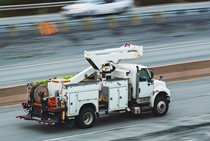
Bucket Truck
|

Delivery Truck
|
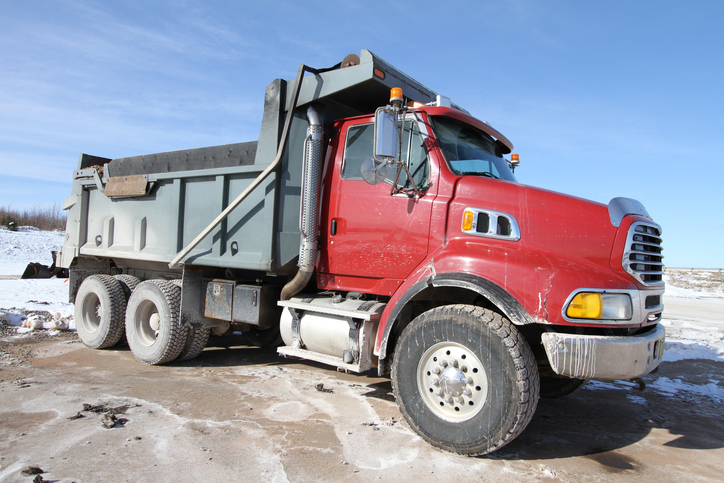
Dump Truck
|
|

Inner- City Tour Bus
|
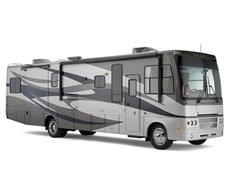
Large Motor Home
|
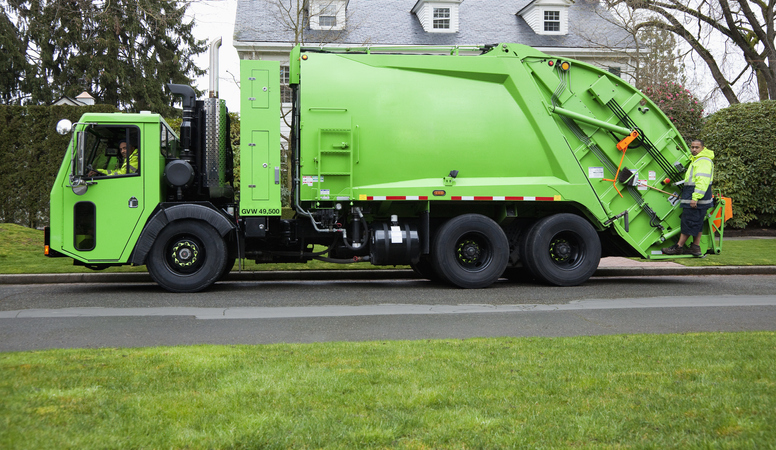
Refuse Hauler
|
|

School Bus
|

Stake Truck
|

Step Van
|
|

Tanker Truck
|
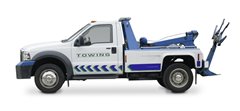
Tow Truck
|

Tractor-Trailer Rig
|
|
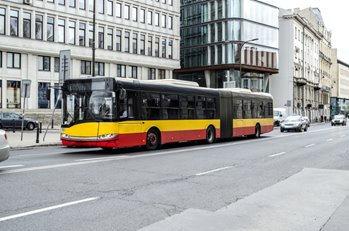
Transit Bus
|
|
|
- Drive by or stop to listen to verify that the main engine of the vehicles operating while the vehicle is parked.
- Use stopwatch to time continuous idling for at least 5 minutes or minimum time limit as stated in local idling ordinance.
- Use an exemption checklist to determine if any idling ordinance exemptions apply (If ordinance references TCEQ Locally Enforced Motor Vehicle Idling Limitations.
- Issue a warning or citation if vehicle does not meet any exemption for idling in excess of idling limit.
- Photograph or video record vehicle for verification in the event of a court appeal.
Areas suggested for enforcement include locations with significant heavy-duty vehicle traffic, such as existing freight facilities. In addition, the following types of locations are also suggested for monitoring and enforcing idling activity:
|
Construction Material Loading Sites
Hospitals
Loading Docks
Parking Lots
Residential Neighborhood
|
School Zones
Service Roads
Truck Stops
Warehouses
|
Staff Contacts:
Huong Duong
Jason Brown